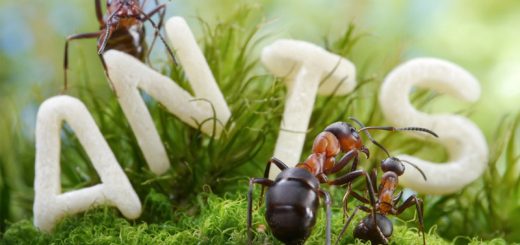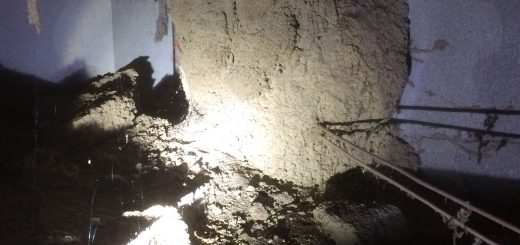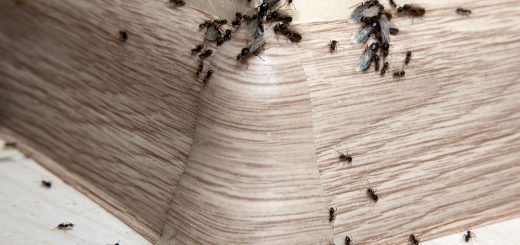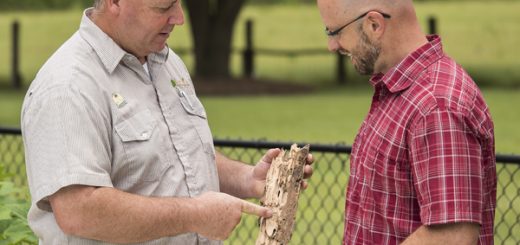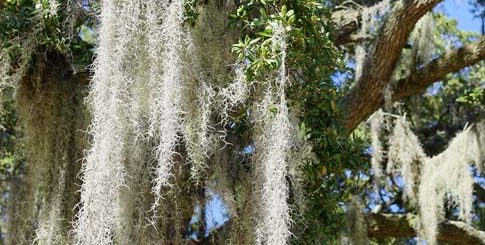Asian Cockroaches | Not ALL Bad?
Usually when you think of the roach you think of the disgusting and troublesome bugs that infest many homes in the United States. However, the Asian cockroach is a little different than the common German cockroach because it can actually be beneficial in some cases for farmers. While you certainly DO NOT want these little pests in your home we found the following article from the USDA particularly interesting;
“Asian Cockroaches Could Aid Texas Growers
 Most people see cockroaches as a terrible pest—with no redeeming qualities or benefit whatsoever. But to cotton farmers in south Texas, an exotic cockroach from Asia could be a highly beneficial insect for biological control
Most people see cockroaches as a terrible pest—with no redeeming qualities or benefit whatsoever. But to cotton farmers in south Texas, an exotic cockroach from Asia could be a highly beneficial insect for biological control
For several years, ARS entomologist Bob Pfannenstiel has been studying predators that feed on the eggs of lepidopteran pests of annual crops. Pfannenstiel, who is in the Beneficial Insects Research Unit at Weslaco, Texas, does most of his work on cotton and the pests that plague it, such as bollworm and beet armyworm.
In the summer of 2006, he discovered a new predator that feeds on lepidopteran eggs—the Asian cockroach, Blattella asahinai. This roach was observed in large numbers—up to 100 or more per square meter—in soybean fields at Weslaco, yet it causes no damage to the soybeans.
First found in Florida in 1986, the Asian cockroach didn’t appear interested in expanding its range past the southeastern states. However, in 2006, it ventured westward into Texas, where it was the most frequently observed predator of bollworm eggs in soybeans in South Texas’s Rio Grande Valley.
B. asahinai is only active at night; during the day it rests on leaf litter or turf. Its nocturnal habits explain the unusual hours Pfannenstiel must keep to study it. At night, while most of us are asleep, he’s out in the soybean and cotton fields. Pfannenstiel and technician Frank de la Fuente evaluate egg predation over 24-hour periods: They put eggs out at 3 p.m. and measure predation at 3-hour intervals until the following day at 3 p.m.
“Predation at night was as high—or higher than—during the day, and many predators are active during the day or at night, but not both,” says Pfannenstiel. “Without studying what goes on at night, we would never have observed some of our most important predators in cotton and soybeans.”
Pfannenstiel is also charting the roach’s expansion to the Mexican border. He is working closely with North Carolina State University entomologist Coby Schal, who performed the identification and is using molecular techniques to differentiate B. asahinai populations from different parts of the southeastern United States.
B. asahinai is a close relative of the German cockroach B. germanica, a very important home pest. A strong flyer, B. asahinai can also enter homes, where it too is considered a pest. For that reason, it would never be intentionally introduced into an area for biological control. But since it’s here, ARS scientists will continue to study ways to make it useful to growers in the region.”
Alfredo Flores, Agricultural Research Service Information Staff.
This research is part of Crop Protection and Quarantine, an ARS national program (#304) described on the World Wide Web at www.nps.ars.usda.gov.
Robert S. Pfannenstiel is in the USDA-ARS Beneficial Insects Research Unit, 2413 E. Hwy. 83, Weslaco, TX 78596; phone (956) 969-4858, fax (956) 969-4888.
“Asian Cockroaches Could Aid Texas Growers” was published in the January 2008 issue of Agricultural Research magazine.
We have several Asian Cockroach treatment options to choose from; give us a call today at (386) 362-3887 if you are experiencing an infestation and to discuss treatment options.


